Dinosaur-delayed motorway finally opens
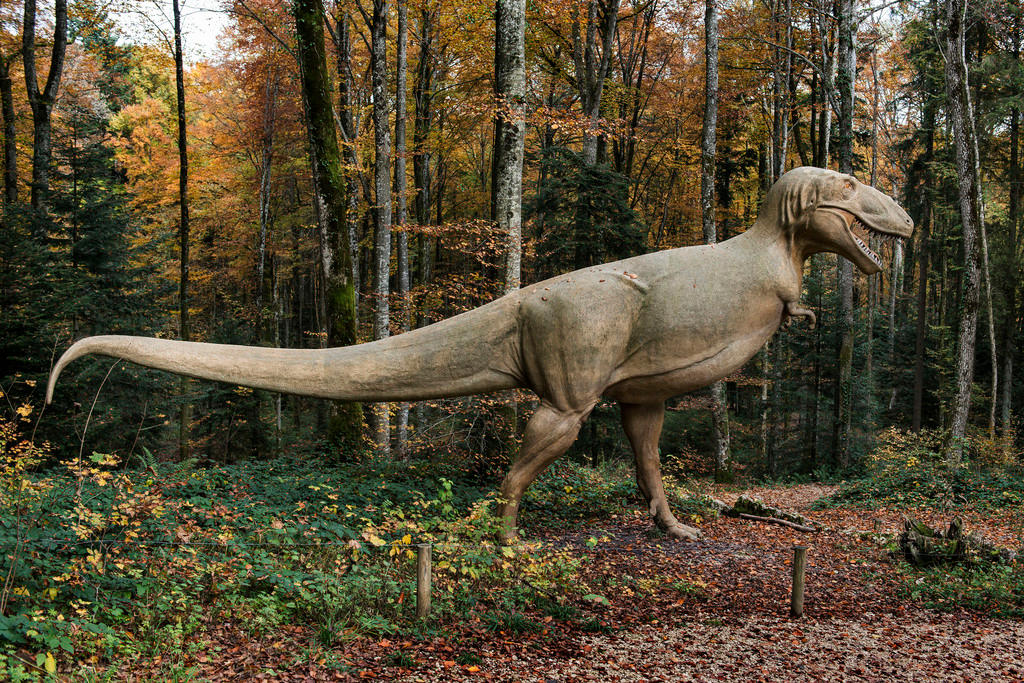
Fifteen years ago, the discovery of dinosaur footprints brought construction of a new motorway in the Bernese Jura to a grinding halt. Now it is finally complete, but researchers are still studying the ancient artefacts.
Thousands of dinosaur footprints were discovered when construction began on the trans-Jura A16 motorway, which is 85 kilometres (53 miles) long and runs from Biel, canton Bern, to the Swiss border in Delle-Boncourt, canton Jura.
Some of the tracks, which were preserved in resin casts, measured up to 20 centimetres. They were made by four-legged herbivores between 15 and 20 metres long and 2.5 metres high, and smaller two-legged carnivores.
Tens of thousands of people flocked to see these 150-million-year-old artefacts, and there was some talk of turning the area – one of the world’s biggest track sites – into a tourist and archaeological attraction back in 2004.
At that time, swissinfo.ch’s Michele Andina visited the area near Porrentruy and made this video; 15,000 prints had been found.
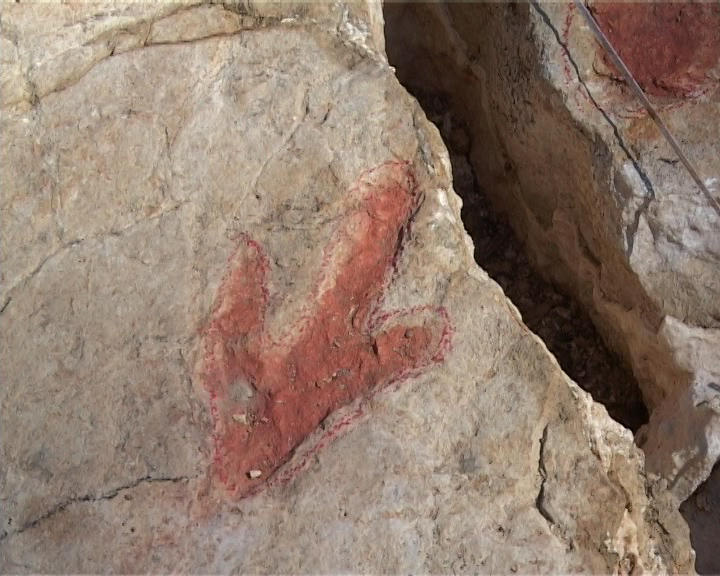
More
Stopped in their tracks: dinosaurs halt road building
Today, Daniel Marty is the lead scientist on a research projectExternal link dedicated to studying and documenting the tracks. He spoke with swissinfo.ch to answer a few questions about their progress.
Where are the dinosaurs’ footprints and fossils?
“We have tried to save as much material as possible, especially that concerning fossils. For dinosaur tracks, it is a little more complicated because here, we are talking about entire surfaces. At times, we have had surfaces of up to 4,000-5,000 square metres, which we could not move. We have nevertheless saved a considerable part of these surfaces, for a total of about 1,000 square metres. Otherwise, all dinosaur track sites were covered [by the motorway]. There is nothing visible remaining. The only site that is accessible to the public is at Porrentruy: it was discovered during work to expand a school.”
Concerning dinosaur footprints:
“We have the largest collection with dinosaur tracks in the world. There are original tracks and also replicas made of fiberglass. We have around 1,000 original dinosaur footprints. For the moment, the collection is not on display. It will be exhibited from 2019-2020 as part of the project “Jurassica”.”
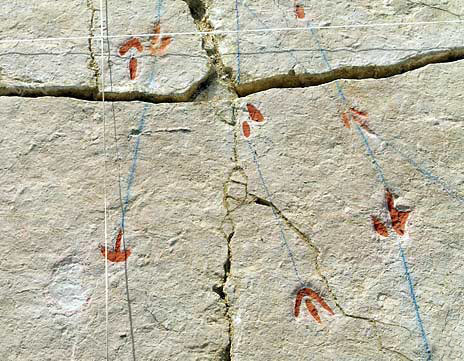
More
In the steps of dinosaurs
Why isn’t it a UNESCO site ?
“For a UNESCO candidacy, the site must be protected and accessible to the public, which is not the case for sites with dinosaur tracks in the Jura. We have therefore given that up. We have created the biggest documentation of dinosaur tracks in the world, but nothing is protected. The largest dinosaur track site in the world is in Bolivia, but there also, they are not recognised by UNESCO because they have problems with the owner of the land. For the moment, there is no site with dinosaur tracks that is registered with UNESCO.”

In compliance with the JTI standards
More: SWI swissinfo.ch certified by the Journalism Trust Initiative

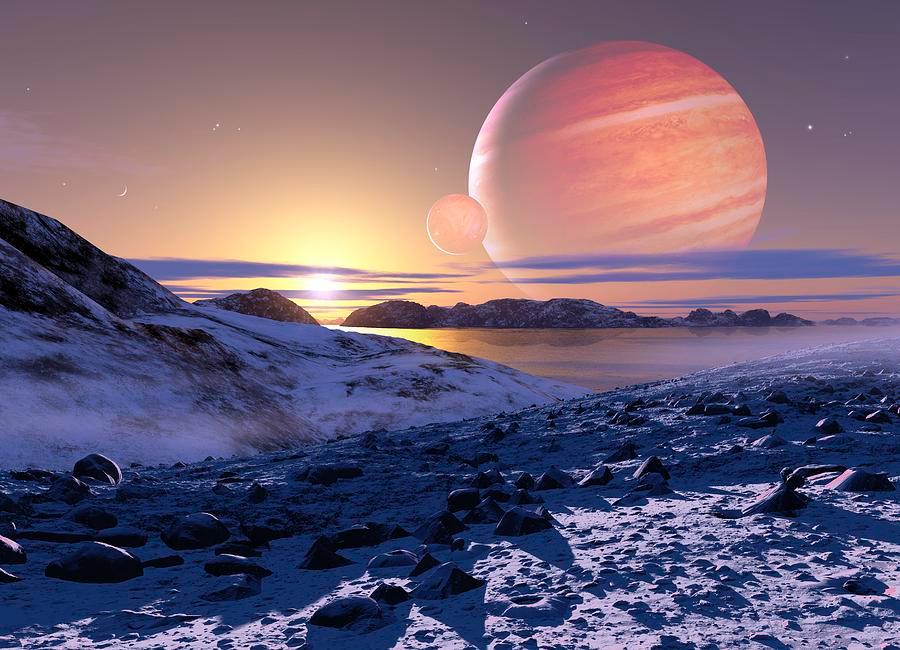
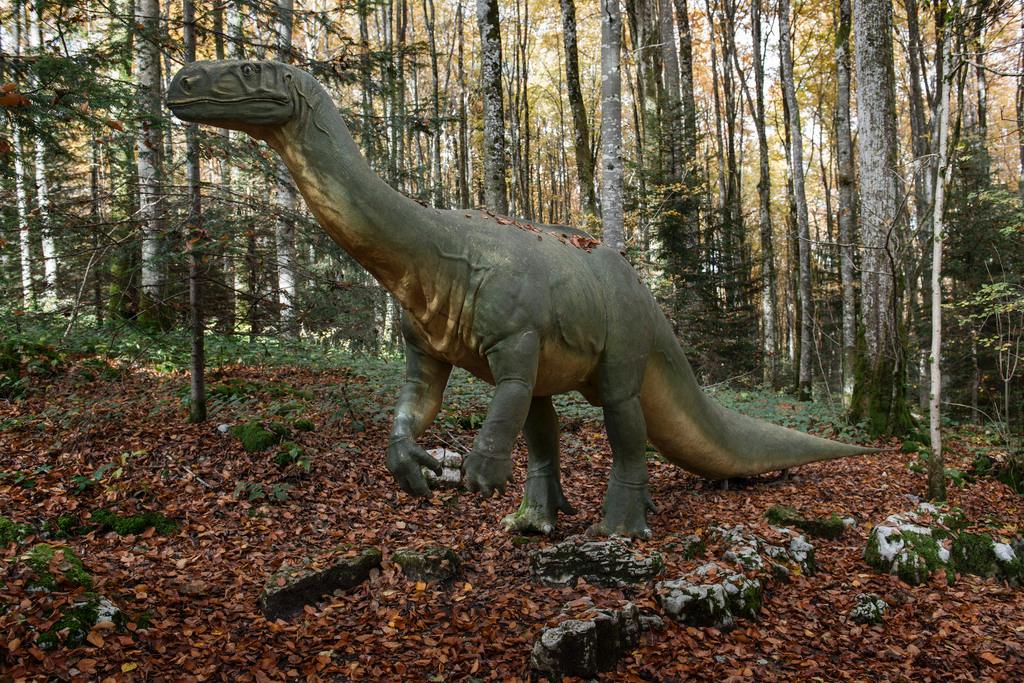
You can find an overview of ongoing debates with our journalists here. Please join us!
If you want to start a conversation about a topic raised in this article or want to report factual errors, email us at english@swissinfo.ch.